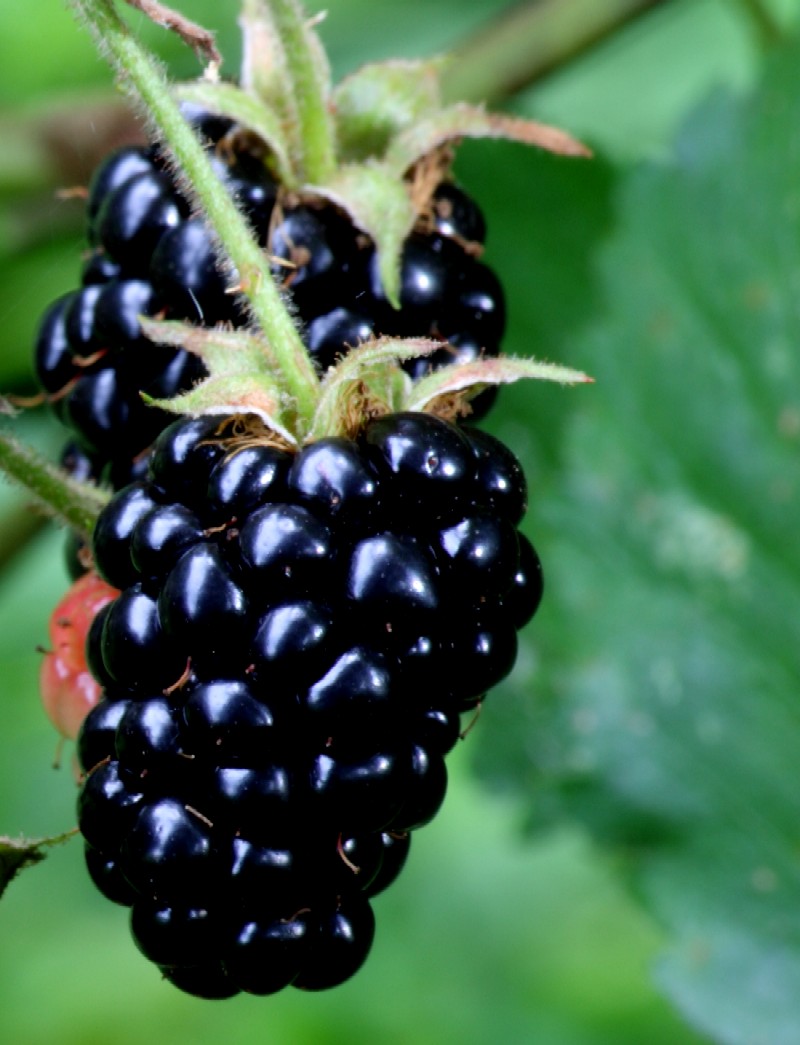The great outdoors is a place of beauty and wonder, filled with vibrant flora and fauna. Yet, hidden among the lush greenery and wildflowers, some plants can pose serious threats to our health. One such concern is the possibility of encountering a poisonous berry that resembles the delectable blackberry. As foragers and nature lovers venture out into the wild, the question arises: is there a poisonous berry that looks like a blackberry? Understanding the potential dangers of foraging for wild berries is crucial, not only for safety but also for appreciating the unique environment we inhabit.
In this article, we will delve into the world of wild berries, focusing on the similarities and differences between blackberries and their potentially poisonous counterparts. Knowing how to identify safe edibles is essential for anyone looking to enjoy the natural bounty of the wilderness. So, is there a poisonous berry that looks like a blackberry? We will answer that question and provide insights into the characteristics that differentiate safe berries from harmful ones.
Join us on this journey as we explore the identification of berries, the risks associated with foraging, and the vital knowledge needed to stay safe while enjoying nature's offerings. From the aesthetics of wild berries to their nutritional benefits and potential dangers, this article aims to equip you with the knowledge to make informed decisions in the great outdoors.
What Are the Key Characteristics of Blackberries?
Before we dive into the world of poisonous berries, it’s important to understand what makes blackberries unique. Blackberries (Rubus fruticosus) are a popular fruit known for their sweet and tart flavor. They are typically black or dark purple when ripe and grow in clusters on thorny vines. Here are some key characteristics:
- Color: Ripe blackberries are generally black or dark purple.
- Shape: They have a round, plump shape made up of smaller drupelets.
- Seeds: Blackberries contain tiny seeds that add a crunchy texture.
- Thorns: The vines often have thorns, making them easier to identify.
Is There a Poisonous Berry That Looks Like a Blackberry?
Yes, there are berries that resemble blackberries but can be toxic if consumed. One of the most notable examples is the Rubus genus, which includes a variety of species that may look similar but have different levels of edibility. One such berry is the black nightshade, which produces small, dark berries that can be easily mistaken for blackberries. Here are a few details about the black nightshade:
- Appearance: Small, round black berries that grow in clusters.
- Toxicity: The berries are toxic and can cause nausea, vomiting, and even more severe reactions in some individuals.
- Habitat: Commonly found in disturbed areas, gardens, and agricultural fields.
What Other Poisonous Berries Should You Be Aware Of?
Besides black nightshade, several other berries can mimic blackberries, leading to potential confusion. Here are some additional poisonous berries to be cautious of:
- Deadly Nightshade (Belladonna): Although not looking exactly like blackberries, its dark berries can be mistaken for them.
- Holly Berries: Bright red, these berries are often found in the same habitats as blackberries.
- Yew Berries: These bright red berries can look appealing but are toxic to humans.
How Can You Differentiate Between Safe and Poisonous Berries?
Identifying safe versus poisonous berries can be challenging. Here are some tips to help you differentiate:
- Know the Plant: Familiarize yourself with the leaves, stems, and growth patterns of the berry-producing plants.
- Check the Color: Ripe blackberries are dark, while many poisonous berries may be bright or unusual colors.
- Examine the Shape: Look for the characteristic drupelet structure of blackberries.
- Consider the Habitat: Blackberries typically grow in thickets or along roadsides, while poisonous berries may prefer different environments.
What Are the Symptoms of Poisoning from Berries?
If you suspect that you or someone else has ingested a poisonous berry, it’s essential to recognize the symptoms of poisoning, which can vary depending on the type of berry consumed. Common symptoms include:
- Nausea and vomiting
- Diarrhea
- Stomach cramps
- Dizziness and confusion
- In severe cases, difficulty breathing and unconsciousness
What Should You Do If You Think You've Consumed a Poisonous Berry?
In the event of suspected poisoning, it’s crucial to act quickly. Here’s what to do:
- Seek Medical Attention: Contact a poison control center or seek immediate medical assistance.
- Do Not Induce Vomiting: Unless instructed by a medical professional, do not attempt to induce vomiting.
- Provide Information: If possible, provide details about the berries consumed for accurate treatment.
Can You Safely Forage for Blackberries?
Foraging for blackberries can be a rewarding experience, but it requires knowledge and caution. Here are some safety tips to keep in mind:
- Educate Yourself: Learn to identify blackberries and their look-alikes.
- Forage with a Friend: Always go berry picking with someone knowledgeable about wild edibles.
- Stay Aware: Be mindful of the environment and potential hazards, such as thorny brambles or toxic plants.
What Are the Benefits of Eating Blackberries?
Aside from being delicious, blackberries offer a host of health benefits:
- Rich in Nutrients: High in vitamins C and K, fiber, and antioxidants.
- Boost Immunity: Antioxidants in blackberries help strengthen the immune system.
- Heart Health: The fiber and antioxidants may help lower cholesterol and improve heart health.
- Weight Management: Low in calories, blackberries are a great snack for maintaining a healthy weight.
Conclusion: Is There a Poisonous Berry That Looks Like a Blackberry?
In conclusion, while there are indeed poisonous berries that can be mistaken for blackberries, understanding their characteristics and being vigilant while foraging can help ensure safety. Knowledge is key—by learning to identify safe and toxic berries, you can confidently explore the natural world around you. So, before you indulge in the wild bounty, remember to ask: is there a poisonous berry that looks like a blackberry? Stay informed, stay safe, and enjoy the wonders of nature!




